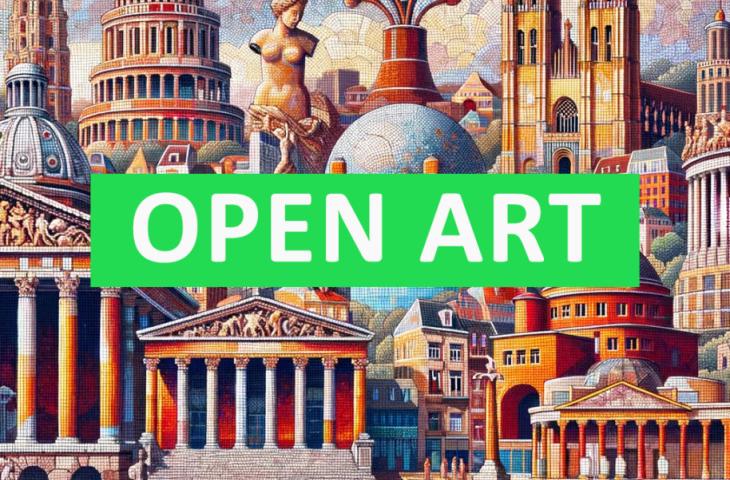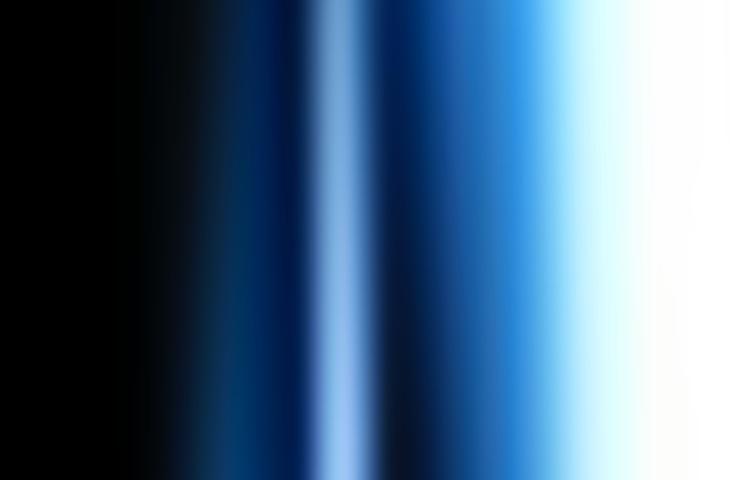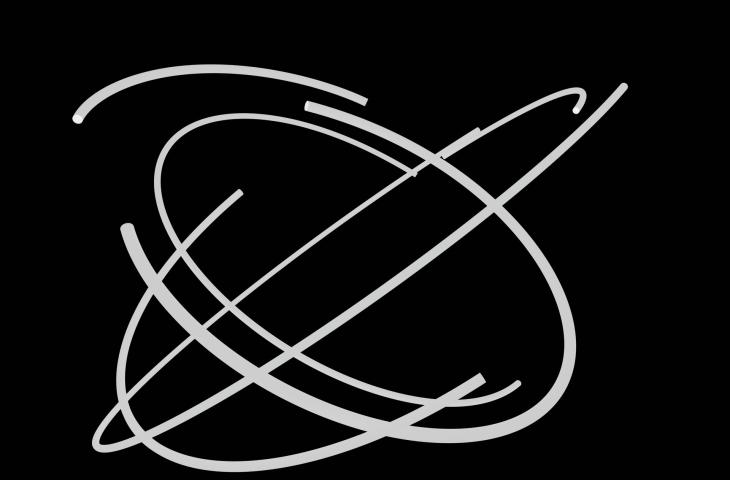OPEN ART

Open Art, Romain & Virginie Farmer
Quickly Photographed and Released Unharmed

Quickly Photographed and Released Unharmed, Pandelis Diamantides
Astrolabium

Astrolabium, Katarzyna Tretyn
For four magical evenings, the Brussels Festival of Lights will guide you through two of the capital's emblematic neighbourhoods: the Royal Quarter and the European Quarter. Rediscover the city through some thirty poetic works created by artists from all over the world. This year's event also promises to shine the spotlight on Europe and its values, in conjunction with the Belgian Presidency of the Council of the European Union.
The Art & History Museum will host 3 installations:
OPEN ART – Romain & Virginie Farmer
OPEN ART is an artistic mapping installation combining human creativity and artificial intelligence. This bold collaboration offers an immersive visual experience, exploring the role of AI in art and the symbiosis of man and machine. Three distinct paintings have been created by AI based on artistic 'prompts' and, thanks to advanced visual mapping, the works are brought to life.
Exhibited in the Antiquity wing of the Art & History Museum, OPEN.ART takes Brussels on a journey back to this period through three paintings inspired by Roman art, mythology and ancient Greek pottery aesthetics.
Come and interact with the works and become a co-creator as you use a digital palette to participate in the constant evolution of the installation. It's an experience where art and innovation combine to push back the boundaries of our imagination.
Quickly Photographed and Released Unharmed - Pandelis Diamantides
Quickly Photographed and Released Unharmed is a reflection on our visually overstimulated environment. The artist seeks to create a direct experience with light and sound, using the screen as a support rather than a representational canvas. The screen becomes a source of light, inducing after-images in the viewer's vision through the rapid succession of light and colour. This optical superimposition means that the light patterns perceived by the eye and the brain complement the visual material presented on the screen. By exploiting the neural mechanisms underlying visual perception, the viewer becomes an integral part of the work of art, both observer and creator.
Astrolabium - Katarzyna Tretyn (at the Pavilion of Human Passions)
As early as the 8th century, astrolabium was used to determine the location. It was used as a navigation tool in shipping by Arabian navigators. Looking at the sky was as tempting then as it is now, the desire to look deeper and further. Thanks to the insights gained, we are able to reach beyond symbolic borders, which, like the event horizon, separate the observer from the information. Again, we incline our heads to try to guess what lies beyond the horizon, in a black hole.
In addition to being a visual and intermedial artist, Katarzyna is an academic teacher. In her artwork, she is inspired by science, and first and foremost, astronomy. Her latest installation is called Astrolabium.
Plus d'infos